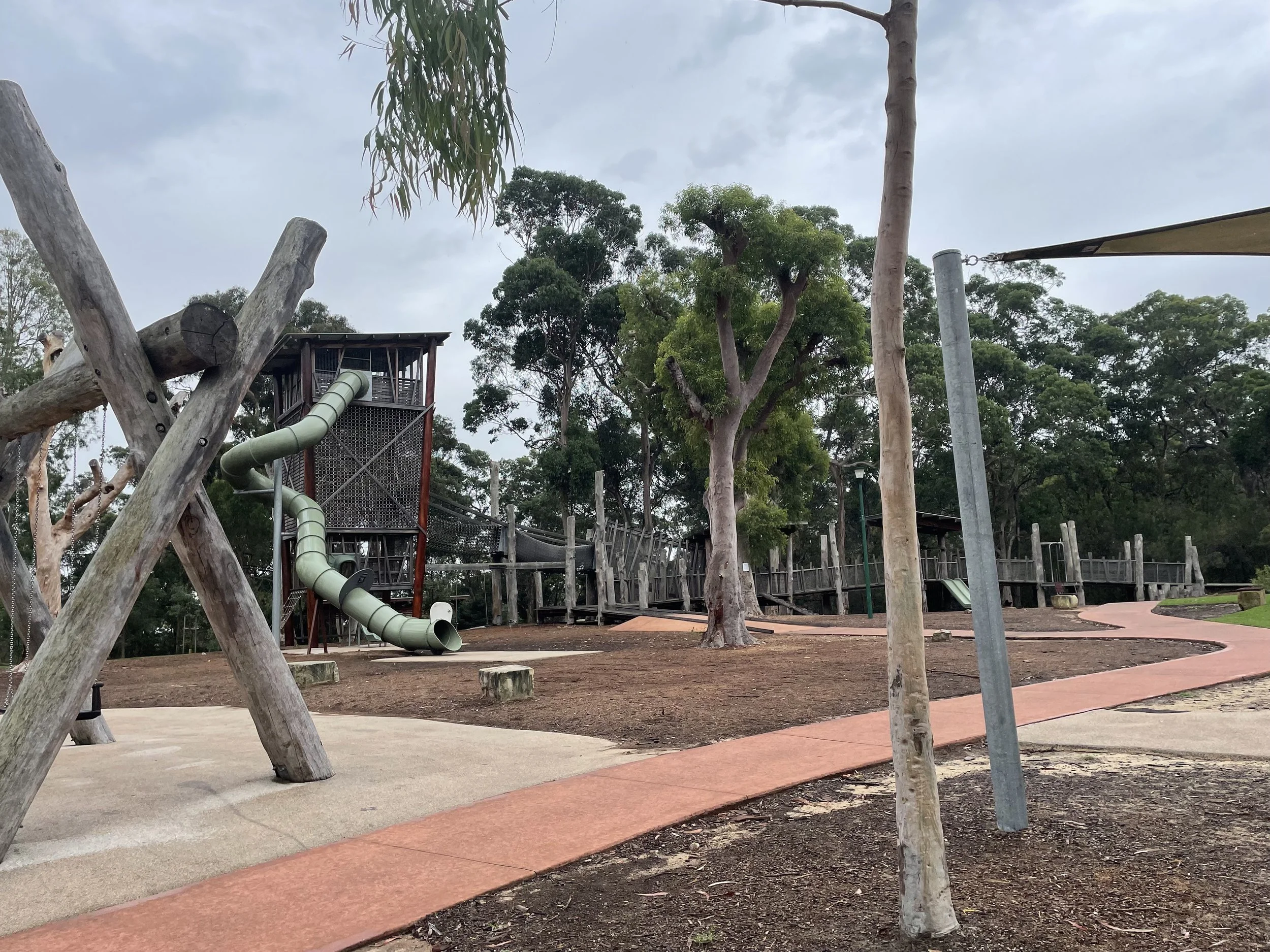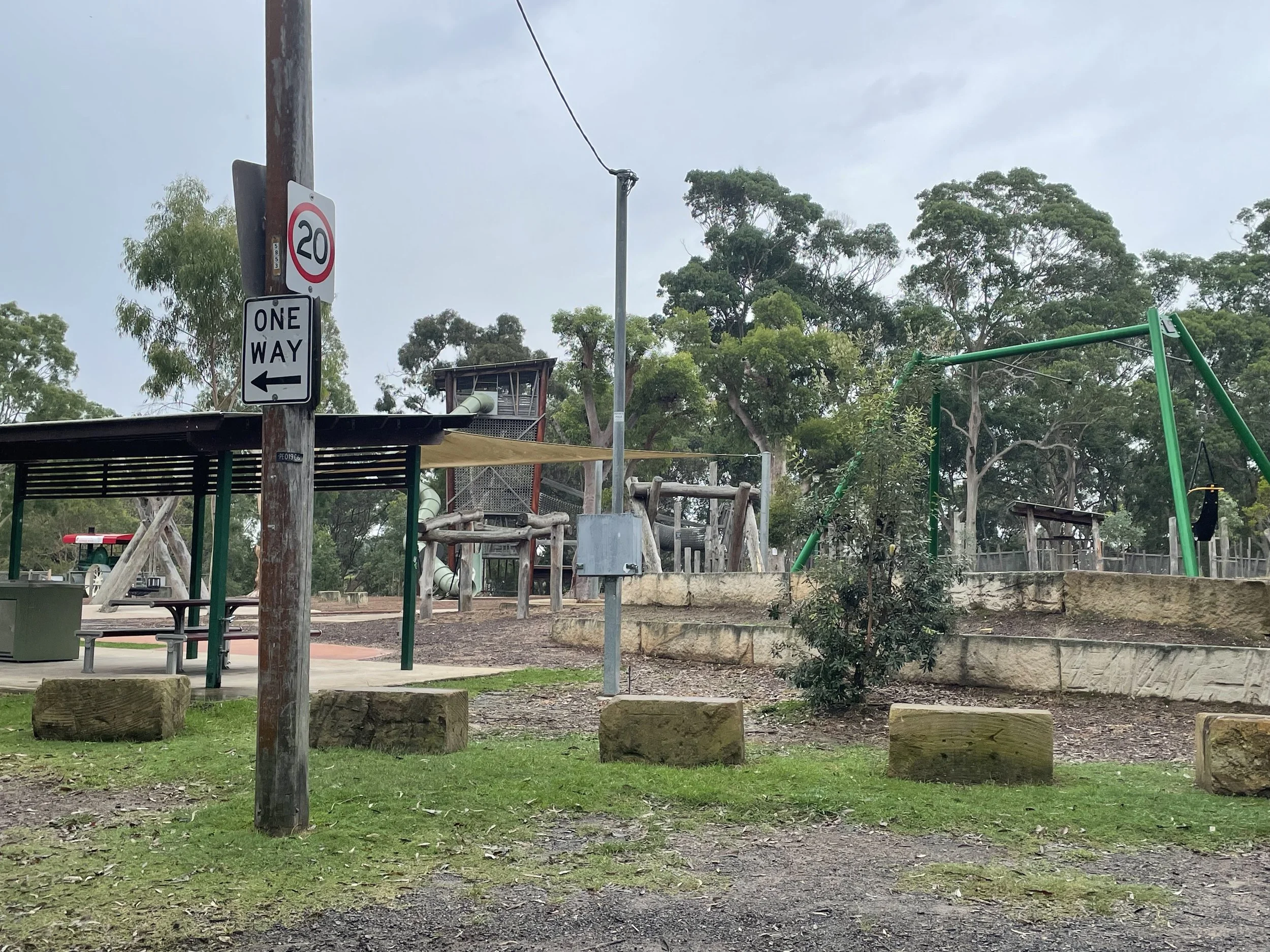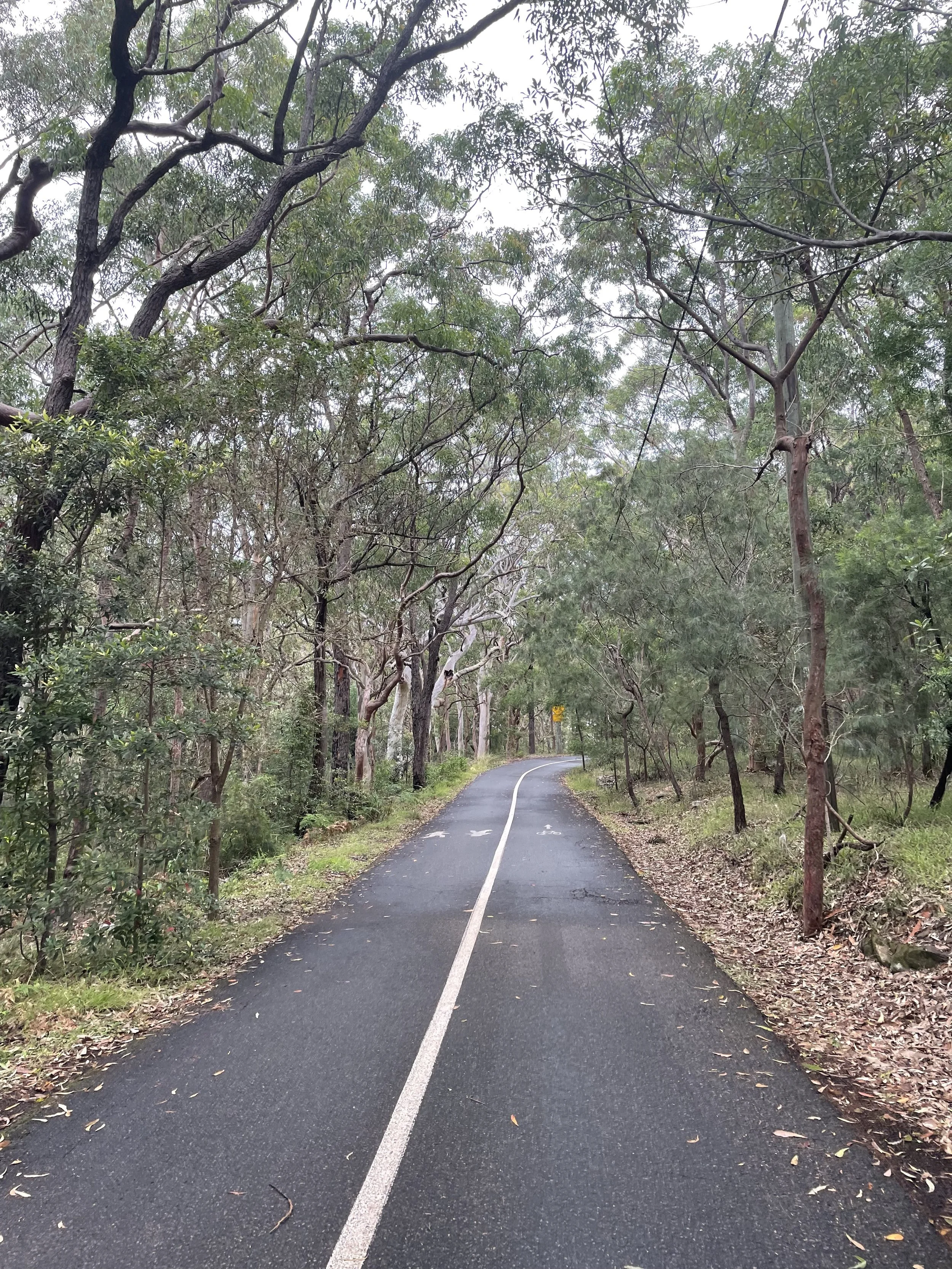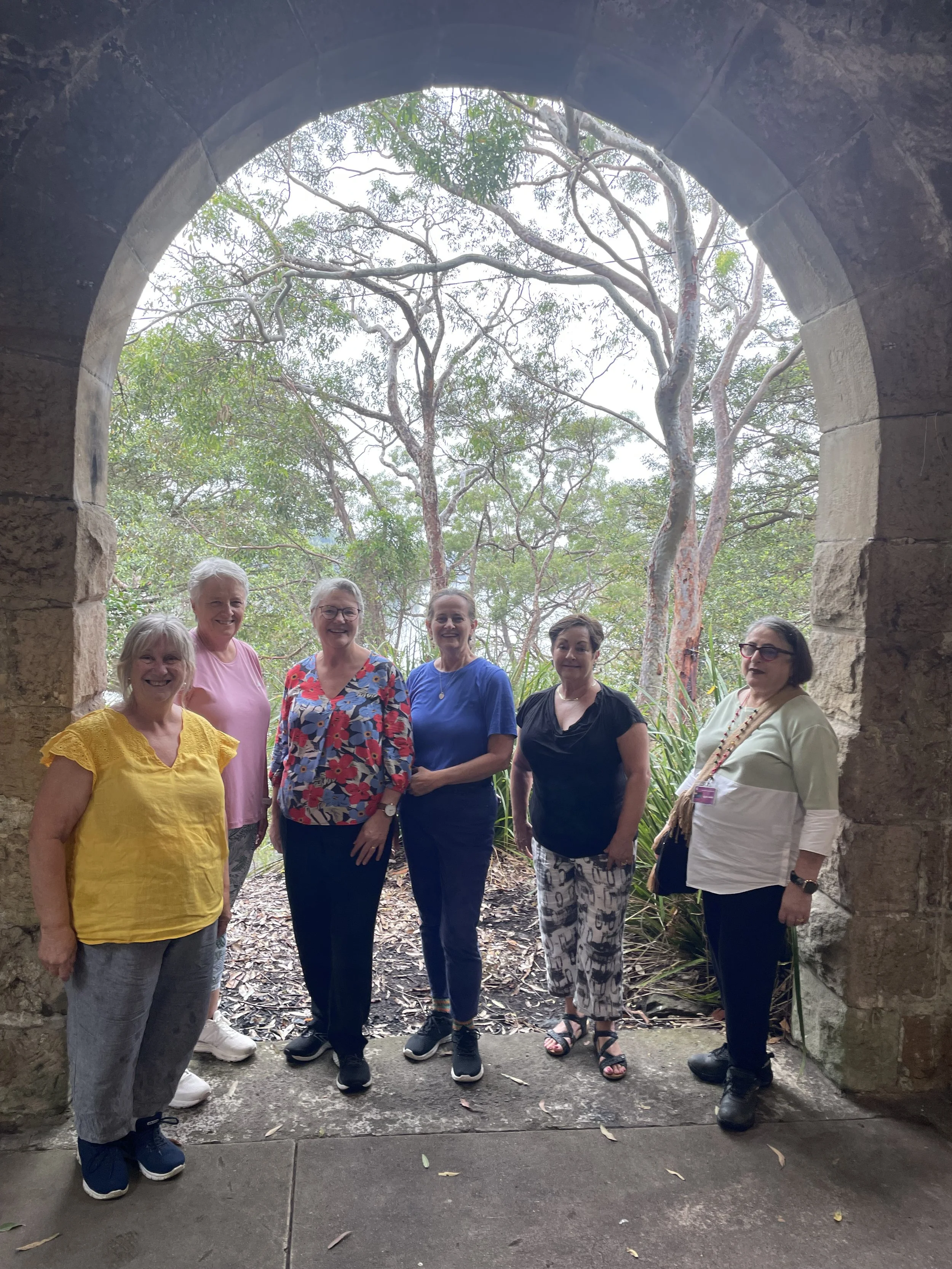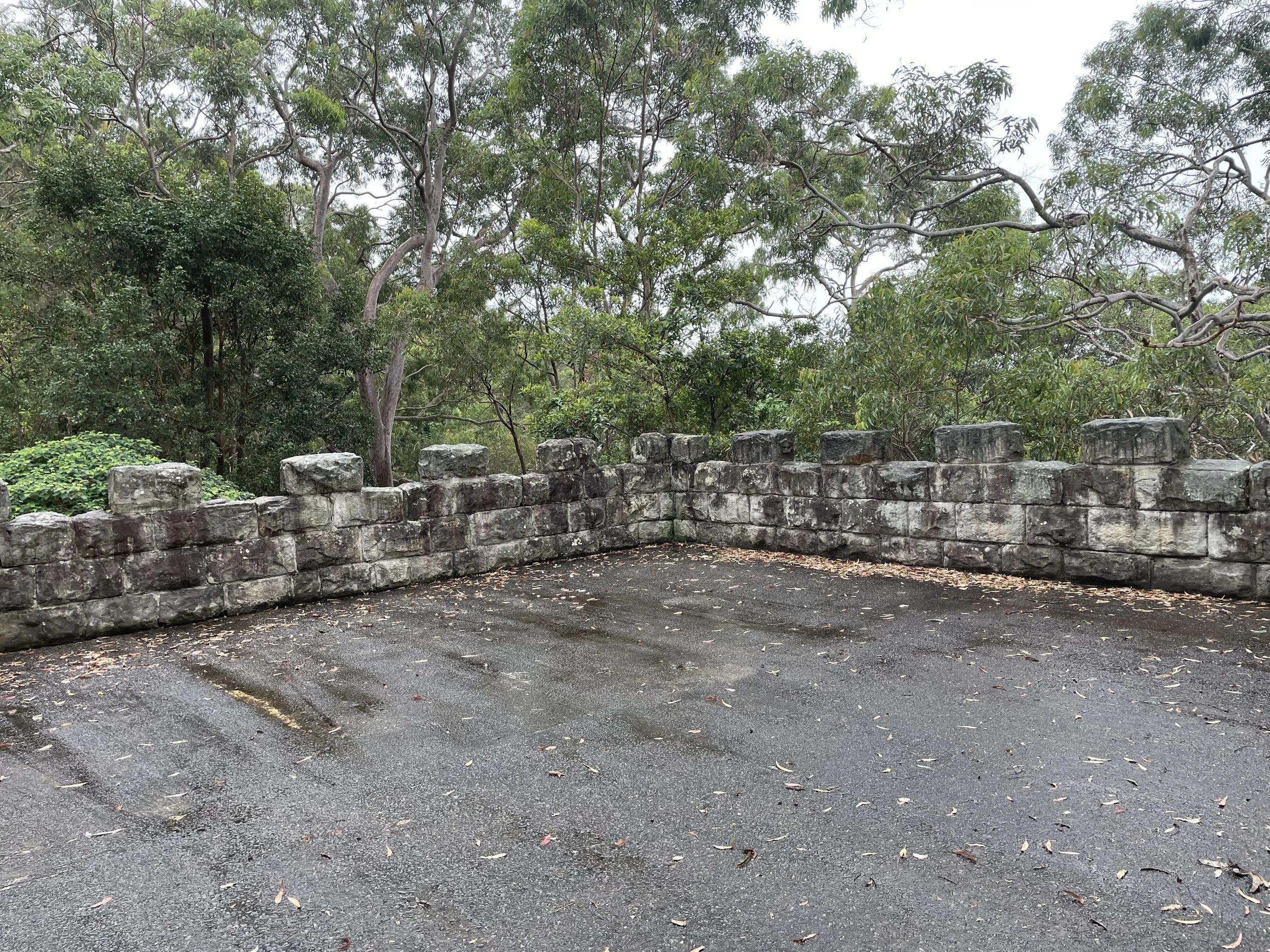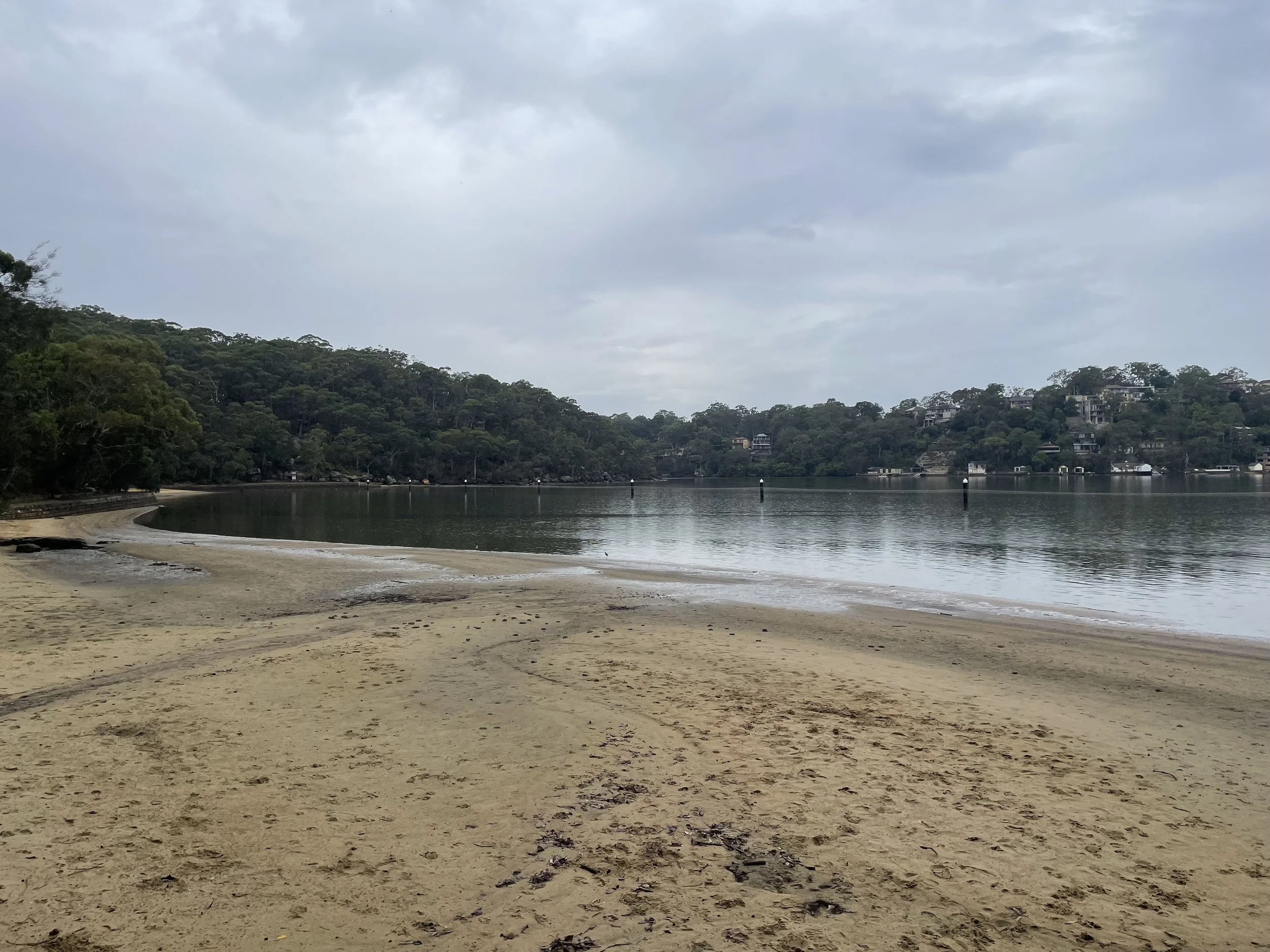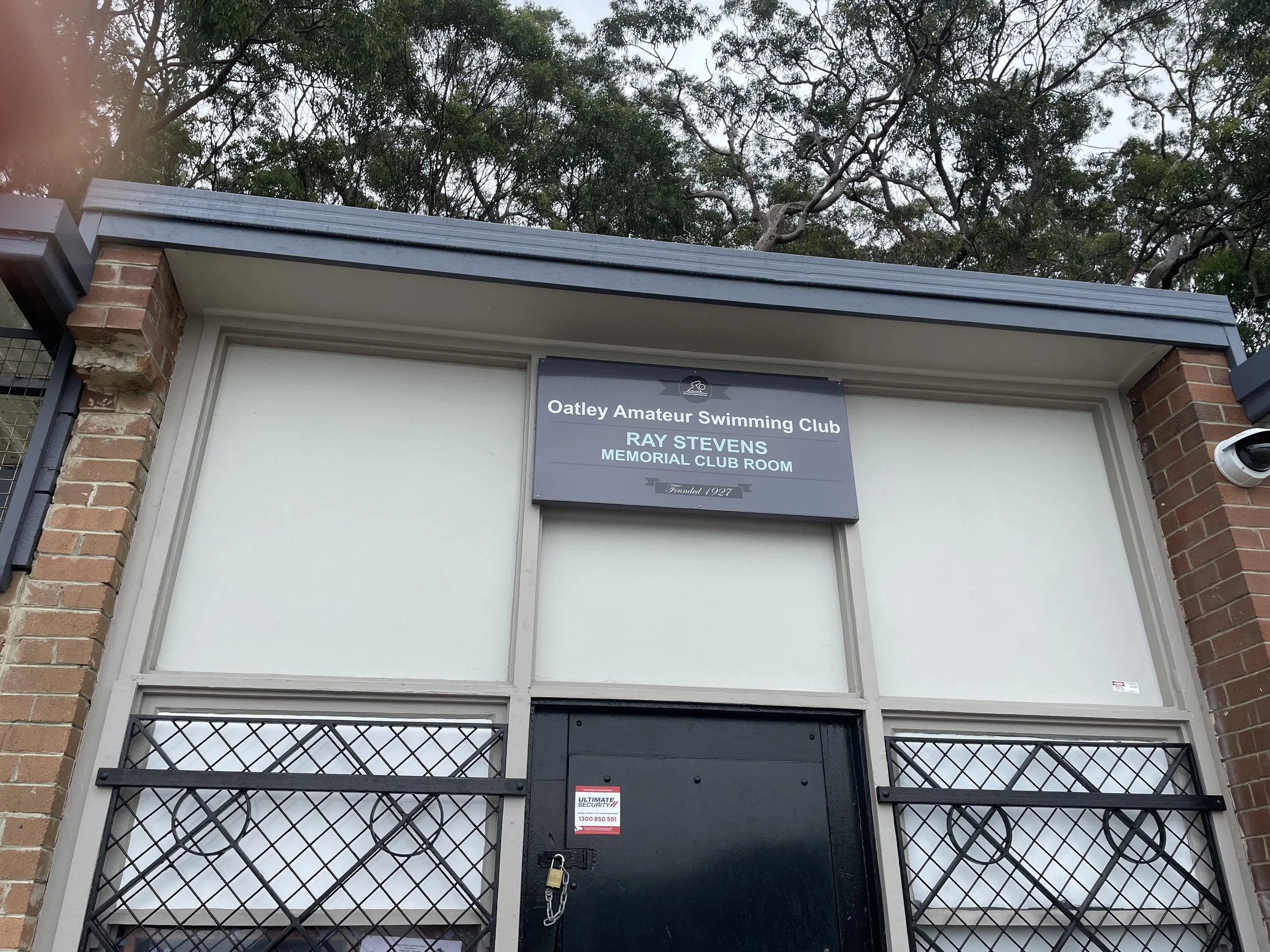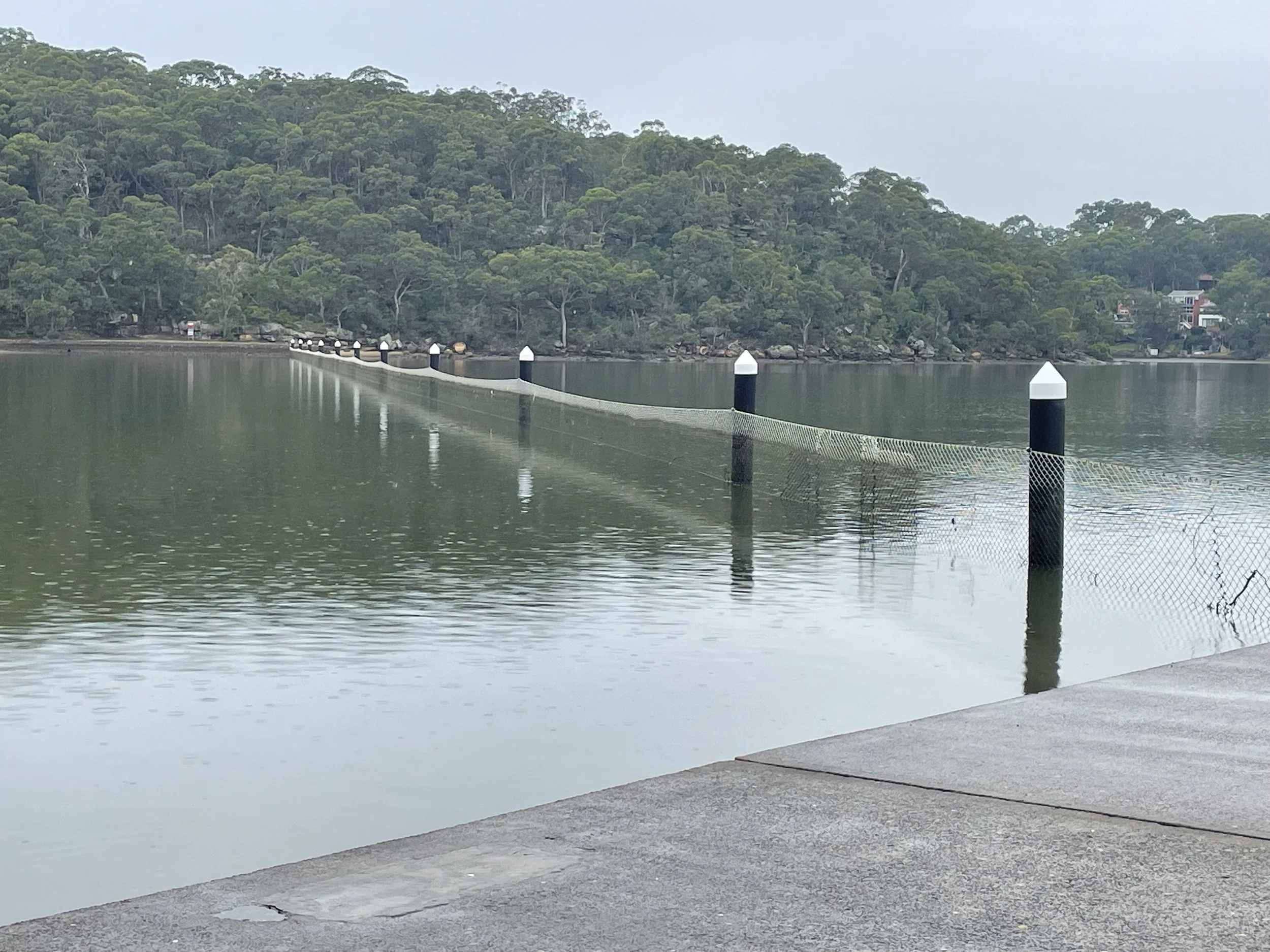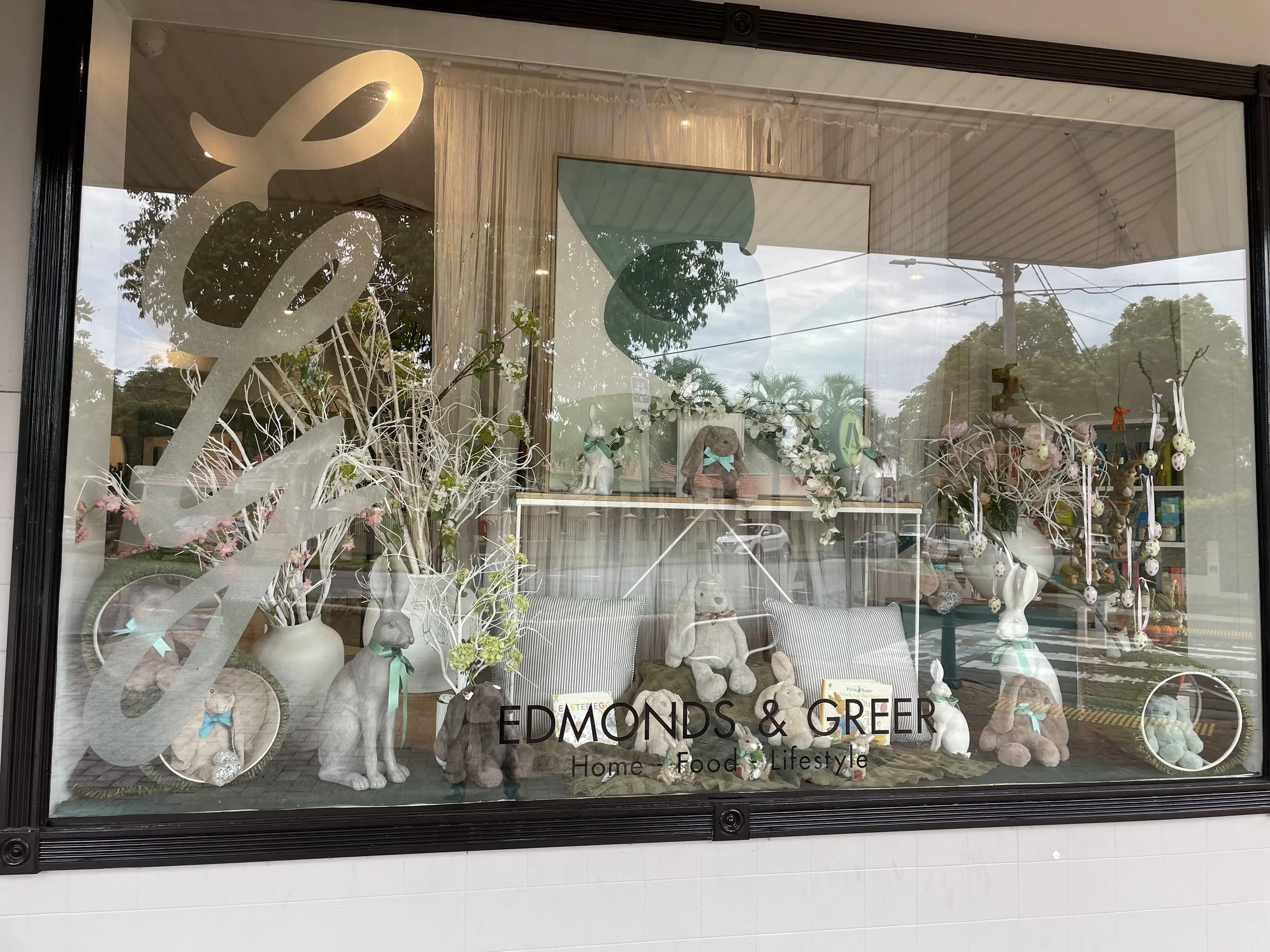Oatley
Background
Originally inhabited by the Biddegal people, Oatley includes the areas of Neverfail Bay, Gungah and Jewfish Bay. One of the earliest contacts between British settlers and First Nations people occurred on 20 January 1788, just to the west of Oatley. Arthur Philip and Philip Gidley King leading a party of seamen from the First Fleet rowing two open boats, explored the 'South-West Arm of Botany Bay' (now Georges River). They are now thought to have gone as far as Lime Kiln Bay, where they landed at two locations, thought to be just west of the boundaries of modern-day Oatley.
Evidence of First Nations custodianship of the land now known as Oatley exists in the form of numerous shell middens and rock shelters near the shore of the Georges River.
Several parcels of land were granted to James Oatley Snr, a watchmaker and convict (who stole two featherbed mattresses), the overseer of the town clock at Hyde Park Barracks. He never lived on the land, it passed to his son on his death who sold it to a land speculator, Charles Griffiths, who awaited the Projected Illawarra railway line. The Oatley township estate was subdivided in 1889, many of the streets were named after members of the Griffith family (Rosa, Frederick, Ada, Charles). The Post office opened in 1903 and shops were established in Frederick St. Oyster farming took place for over a hundred years, eventually petering out in the 1990s.
After a coffee kickstart at Tidz Cafe we headed up to Oatley Park, a large area of bushland established 25 March 1887 (such foresight!). We walk through some of the 110 acres, seeing a fabulous playground, picnic areas, sports oval and the famous castle, originally a sandstone kiosk and lookout built during the Great Depression as part of an unemployment relief scheme. The castle is now a perfect covered area for a picnic. There’s a group of men who have been for a swim and are now having morning tea.
At the entrance to the park, we notice an Aleppo pine tree, the ‘Lone Pine’ was planted in 1920 by Owen John Davies, a WWI veteran who grew the tree from a seed he collected from the original Lone Pine in Gallipoli.
The park was used by two Field Companies in World War II. In July 1942 250 soldiers of the 26th Field Company of the Royal Australian Engineers camped and trained in the park, building roads, constructing tank barriers and barbed wire defences planting explosives and building bridges. The Tasmanian 12th Field Company replaced them with a little less rigour. They had swimming classes, outings to the Blue Mountains, Taronga Zoo and Luna Park. The locals embraced them and there were dances on a Thursday night at Rockdale and Friday night at Oatley. More like a holiday than war preparation, but they headed to New Guinea in July 1943. There are still remnants of a kitchen floor, ordinance store and shower block, some stone steps and a small concrete map of Tasmania.
We head down to the Oatley Baths, constructed in 1909, significant because of the suspended net enclosure and being one of two baths within Sydney formed by enclosing a naturally occurring shoreline feature. Its a coolish rainy day, no one is swimming.
We leave the extensive park and walk to Oatley West, a well patronised group of shops. We support the area with a little retail therapy.
We pass a small bushland reserve, named for a famous resident, Myles Dunphy, who together with his son, Milo were prominent conservation campaigners.
We passed over the heritage listed train station. It was the end point of the first section of track to be electrified for regular passenger services in 1926. Its quite a structure, upgraded in 2017 to include a lift and footbridge with lacelike walls and ceiling.
We crossed the main road and a park (upon which the original train line had been built in 1885 and then moved in 1905) and headed to the Oatley Hotel for lunch. A brewery built the hotel in 1928 and the pub originally attracted the nearby Oyster Farmers of Neverfail Bay. Back then, Oatley Hotel was known as “the closest country pub to the city”.
Through famous resident author John O’Grady the pub became even more prominent. John O’Grady wrote the books They’re a Weird Mob (1957) and Gone Fishin’ (1962) which repeatedly featured Oatley pub.
Our final activity was through the Oatley shops, ready to balance out the retail therapy from the western side. As we returned to the railway line, we passed the Oatley Town Clock, built as a tribute to the village’s namesake, James Oatley. It was unveiled on 29 October 1983, to commemorate 150 years since James Oatley was granted the land. It had been designed by students from the school of architecture at the University of New South Wales.
An interesting day full of surprises and unexpected history.
